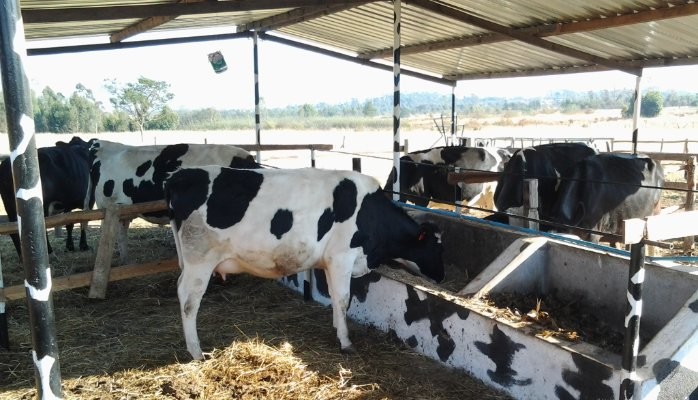Zimbabwe has launched a $15 million cattle ranching project, as part of the country’s efforts to raise the value of the livestock sector to $1.9 billion by 2025.
This project is in line with the government’s Livestock Growth Plan, a component of the Agriculture and Food Systems Transformation Strategy. In it, Zimbabwe aims to have an $8.2 billion agriculture economy by 2025.
The multi-million dollar cattle project is set to raise cattle numbers from a 2019 baseline of 5.4 million to 6 million in 2025 with a beef production of 90,000 tonnes. Milk production will increase from 79.9 million litres to 150 million litres upon completion of the project.
The Livestock Growth Plan, which was launched by President Emerson Mnangagwa last year, is also expected to give solutions to challenges faced by farmers and ranchers through support from government, private sectors and international development partners.
Zimbabwe’s platinum giant, Zimplats, entered a joint venture partnership with Palmline Holdings to implement this project. In a statement, Zimplats said the project is expected to deliver a commercial beef herd of 5,000 cattle, that includes the Wagyu breed, with an annual beef output of 1,400 tonnes.
“At peak, we anticipate producing 630 tonnes of Wagyu beef for export, a dairy herd of 5,000 producing 25 million litres of milk per annum by 2026, construction of a modular milk parlour for 1,500 dairy cows at one go. To support the dairy herd, there are plans to develop 320 hectares of irrigated pastures (the first 30 hectares is already in place),” read the statement.
After the launch of the Livestock Development Plan, President Mnangagwa emphasized the importance of running the livestock sector as a business to ensure that it makes a significant contribution to Zimbabwe’s socio-economic growth.
Key strategies of the Livestock Development Plan entail an animal nutrition programme; a genetics improvement programme; an animal health programme; a climate change adaptation and small stock programme; the development of market and trade infrastructure; and resource mobilisation.

